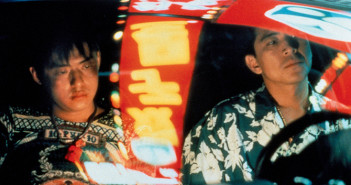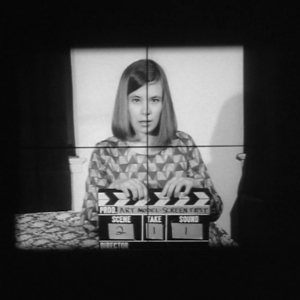Raúl Ruiz is a passionate love for those viewers who shut themselves into his fictional universe. He is a courageously repetitive filmmaker, continuously reiterating the same visual games, philosophical ideas, aesthetic patterns, and metanarrative gymnastics. He was not unaware of this, and, as if to comment on the fact, his stories are populated by reflections, paraphrases, hidden quotations, parallelisms, imitations, forgeries, and double exposures of all kinds. In fact, the prevalence of repetition is the soul of Ruiz, his engine. And this compulsive mirroring implicates cinema as a whole. Ruiz has made nothing but remakes – distorted, wild remakes – of both his own and other films. Adrian Martin, in his excellent book on the director, Raul Ruiz: Sublime Obsessions, writes that the Chilean employs “literature, film, and music as a generative matrix for his own creations, even as he suppresses the prints of said matrix.” In doing so, he portrays the creative blending behind most art, in which influences are used as building materials.


